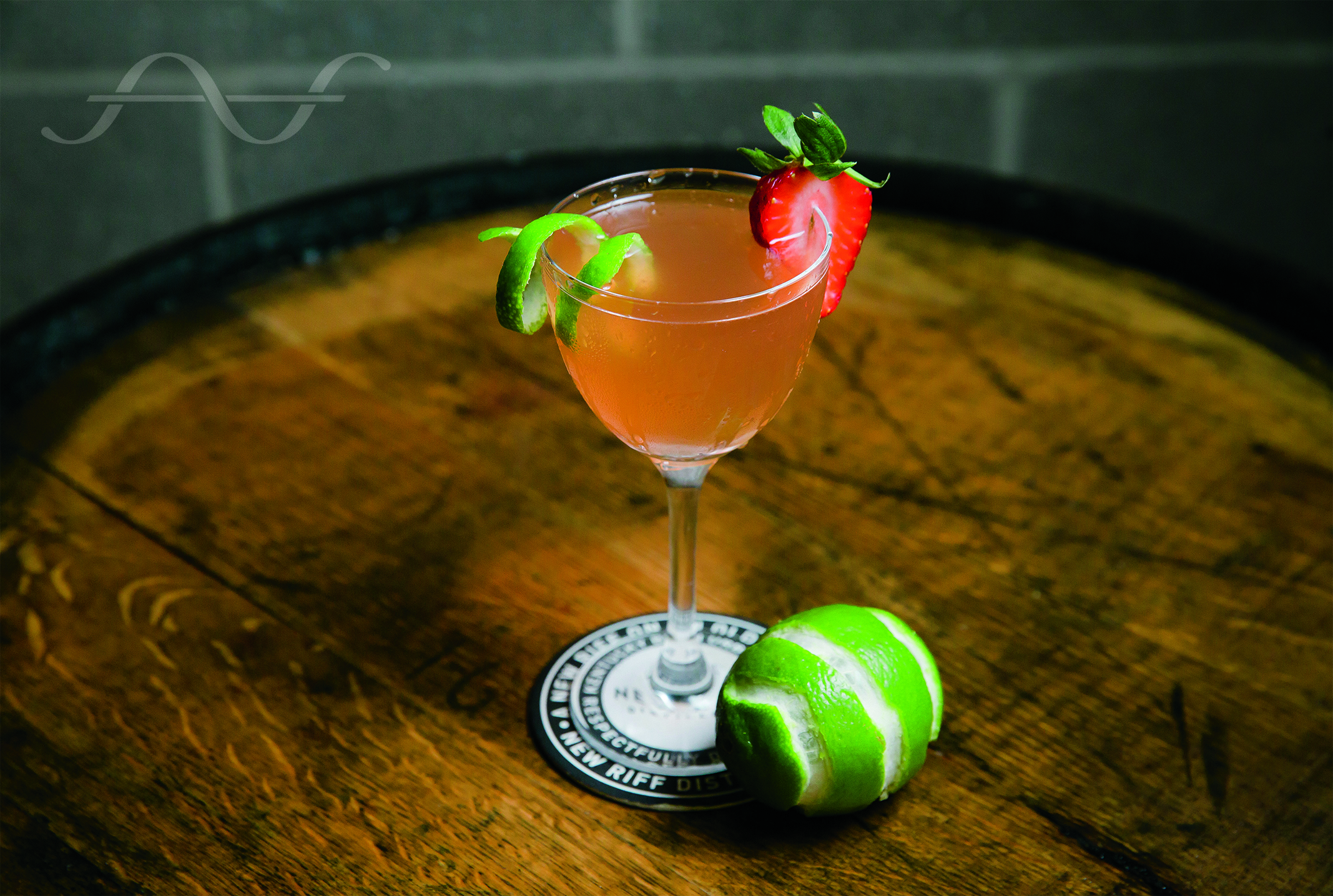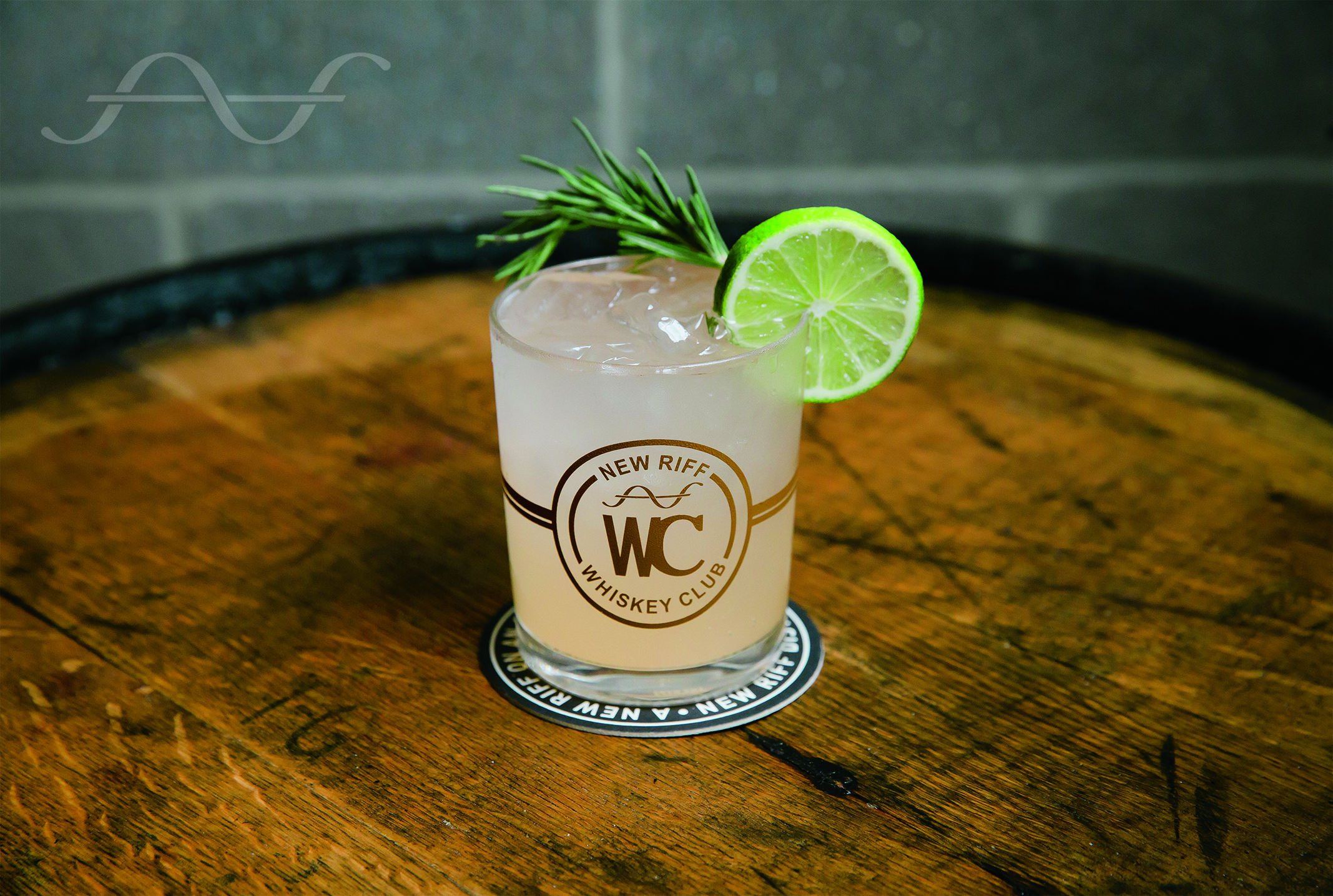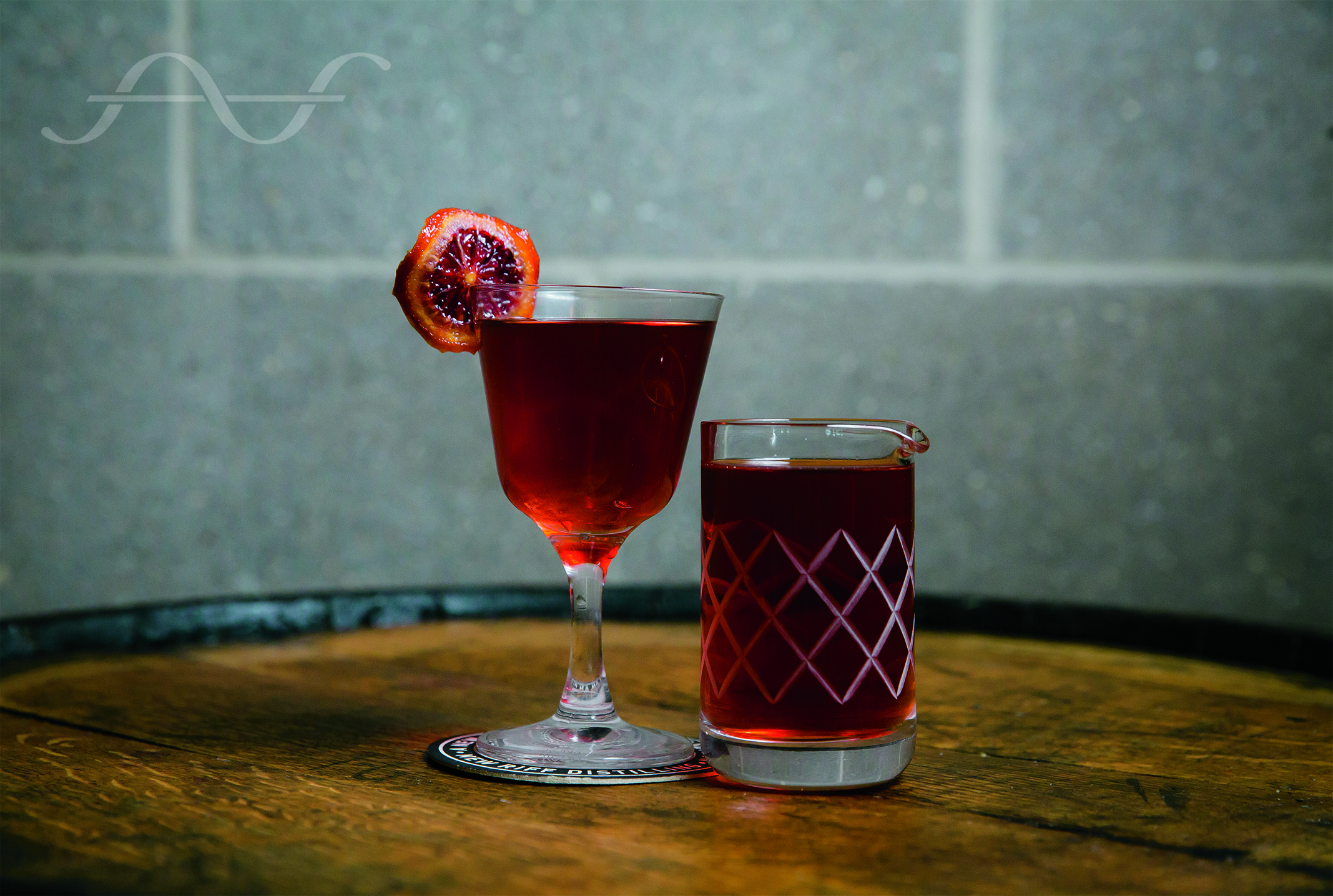What does Japanese whiskey and Kentucky Bourbon have in common? What is the difference between Kentucky bourbon and Scotch whiskey? The grains that go into the mash bill play a huge role in determining what kind of whiskey will come out of the still.

A definition of whiskey.
Technically, whiskey is a distilled alcoholic beverage produced from fermented grain mash. The grain mash is then aged in a wooden container, which gives it’s distinct brown color and taste. Whiskey’s are usually distinguished by their place of origin, grains used, and the ageing process. While each whiskey is unique in its own way, they are generally described as warm, spicy, sweet, toasty or caramelly.
A Guide to Grains
All whiskeys contain a different ratio of grains. Understanding the grain ratio that makes your favorite glass heightens your ability to recognize, appreciate, and savor your favorite whiskeys.
Each dark spirit starts with corn, rye, barley, or wheat grains. Most whiskeys are made with a blend of multiple grains to create texture, depth, and flavor. Here is a quick rundown of the commonly used grains in your favorite whiskeys.
Corn
Corn grains are best for those who need an easy-drinking beverage. Corn-grained whiskeys have honey, browned butter, and creamy flavors to create a magnetic base that’s perfect for sipping. Its notes of toasted marshmallows add a hint of flavor that sets your taste buds over the edge.
Rye
If you prefer a little more intensity with your whiskey, rye adds a perfect amount of spice. Rye boasts the same ripe and dried fruit flavors as corn-based whiskeys but with some extra spicy and nutty flavors. That makes them rich and undeniably unique.
The spirit must be made from at least 51% rye grain and aged in charred American oak barrels to be labeled rye.
Barley
Those who need a punch should drink a glass made from barley. This grain is primarily used for Scotch and is malted and dried with peat. Peat adds a smoky earthiness to its flavor profile. Scotch and Irish whiskeys are traditionally aged in used barrels, often including sherry casks. Aging Scotch in these containers mellows out the mixture while adding fruit and spice notes to the flavor.
Wheat
Wheated whiskeys have emerged in rising popularity. Almost all wheat whiskeys come from the United States. Like Kentucky Bourbon, wheated bourbon is smooth and has a sweeter profile as you can find vanilla, honey, dried berries, and toffee notes. These are some of the smoothest whiskeys ever made.

What makes Bourbon?
Bourbon whiskey is sweet and smoky in flavor due to its aging in new charred oak barrels. For a whiskey to be considered Bourbon, the mixture of grains that the product is distilled into (its mash bill) must be at least 51% corn. The rest of the mash bill can come from rye, wheat, malted barley, or malted rye grain. Additionally, distillers must store the mixture in a new charred oak container without additives. Only the law separates Bourbon whiskey from every other type of whiskey.
Is Tennessee whiskey still Bourbon?
First and foremost, the most significant difference between Tennessee whiskey and Kentucky Bourbon is the location. As the name suggests, Tennessee whiskey is made from distilleries in Tennessee, while Bourbon is primarily produced in Kentucky.
The separation of the two comes down to their filtering processes. The process in Tennessee is called the Lincoln County Process, where whiskey is filtered in charcoal before entering the casks.
Scotch Whisky
As the name suggests, Scotch is distilled and matured in Scotland. The spirit is mainly produced using malted barley, while Bourbon comes from corn. Single malt Scotch is made only from water, yeast and malted barley at a single distillery, while single grain Scotch is produced by a single distillery, but may contain other whole grains in the ingredients list. Blended Scotch is a blend of whiskies from one or more distilleries. Scotch must be aged at least 3 years in oak containers, upon which it is distilled and bottled at a minimum of 40% alcohol.
There are five major Scotch regions in which Scotch is produced. Each region has its own unique flavor and aroma profile.

Canadian Whisky
Canadian whisky is commonly interchangeable with the term “rye whiskey” in Canada. Compared to others, Canadian whisky is lighter and smoother than the rest. The spirit is usually made from a few different grains, but corn is the most prevalent in the mash. For a long time, rye was the most popular grain. The popularity of rye grains is why Canadian whisky’s alternative name is rye whisky.
Rye Whiskey
Rye whiskey is distilled from at least 51% rye. For those of you who are unfamiliar with rye, it is a type of grain that is closely related to wheat. Rye is spicy, grainy, and hard-edged in flavor.
Irish Whiskey
As the name suggests, Irish whiskey is produced in Ireland. It is common for most Scotch to be distilled twice. However, Irish whiskey goes through three rounds of distillation before it is bottled. Irish whiskey is made from a high grain mash of barley. It doesn’t have the smokey taste that many associate with Scotch. By law, Irish whiskey must be aged in Ireland for at least three years in a wooden cask to be considered whiskey.
Japanese Whisky
Upon first glance, you may notice that Japanese whisky follows suit with Scotch and Canadian whisky by spelling the name without the letter “e.” The first Japanese whisky distiller studied in Scotland and came to love the taste of Scotch whisky. Although you cannot pin a specific flavor profile down on Japanese whisky, it is generally Scotch-like in flavor.
Four Grain Bourbon
Since the remaining 49% of a Bourbon mash is up to the remaining grains, some distillers make a Bourbon containing both rye and wheat along with corn and barley. These are known as “Four Grain” Bourbons, containing four primary grains. They take sweet notes of corn while holding a creamy and spicy flavor profile.
Grains Deep Dive
One of the primary improvements we focused on in the Bourbon industry is our grain supply at New Riff. We are committed to working with local grain sources, leveraging relationships inside the Bourbon industry. We work with big-name suppliers in our field to take full advantage of quality grain for excellent Bourbon production.
Now that you know how grains are used, you can appreciate the many textures and flavor profiles of the dark spirit. Browse our independent spirits, including both Bourbon and rye, today.
